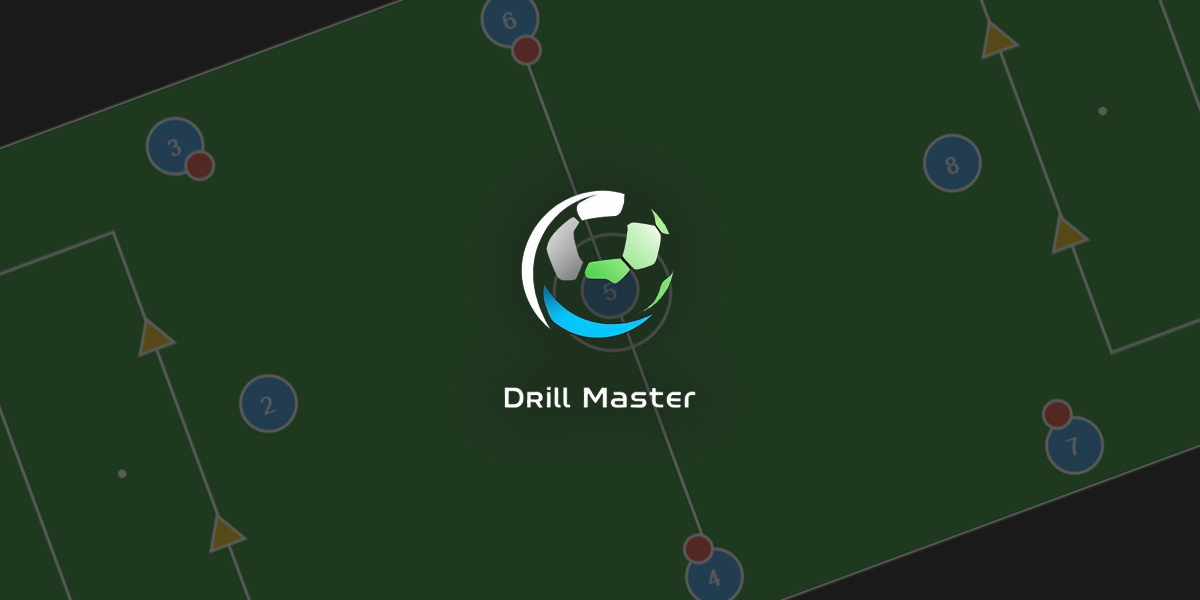
The FA’s 3v3 Youth Football Format: Revolutionizing Grassroots Development
The Football Association (FA) is set to transform grassroots football with the introduction of a 3v3 format for Under-7 players, launching in the 2026-27 season. This initiative, part of the FutureFit program, is designed to increase ball time, improve technical skills, and enhance engagement among young footballers. Learn how this change will reshape the game for future stars.
A New Era for Youth Football
The Football Association (FA) has announced a major shift in the development of young footballers, introducing a 3v3 format for Under-7 players as part of its FutureFit initiative. This move, set to begin in the 2026-27 season, aims to provide a better foundation for skill development by maximizing time on the ball, encouraging faster decision-making, and promoting active participation.
The decision follows extensive research into how smaller-sided games can accelerate a player's technical and tactical growth. Countries like Spain, Germany, and the Netherlands have long used similar approaches to produce world-class footballers. Now, England is following suit, hoping to enhance grassroots football development with this player-focused initiative.
Why the FA is Making This Change
Traditionally, young players in England have started competitive football in 5v5 or 7v7 formats. However, studies have shown that large team sizes at early ages reduce ball contact and overall engagement, with some players barely touching the ball in a match.
By shifting to a 3v3 structure, the FA is ensuring that:
-
Players have more touches on the ball (up to six times more than in 7v7 games).
-
Decision-making is faster due to fewer players and a smaller playing area.
-
Dribbling and passing skills improve as players must learn to maneuver in tight spaces.
-
Confidence is boosted as players get more scoring opportunities and direct involvement in play.
-
All players stay engaged, reducing the risk of players losing interest in football at a young age.
How the 3v3 Format Works
-
No Goalkeepers: The focus is on attacking play, dribbling, and movement.
-
Smaller Pitches: Games will take place on a reduced-size field, ensuring more ball involvement.
-
Rolling Substitutions: All players get equal time on the pitch.
-
More One-on-One Battles: Players develop close control and footwork under pressure.
The FA is also introducing new pitch guidelines and training resources to help clubs transition smoothly.
The Pathway to Full-Sided Football
The 3v3 format is just the first step in a structured development plan for young footballers. As players grow, the team sizes will gradually increase:
-
Under-7: 3v3 to build confidence and technique.
-
Under-8 to Under-10: 5v5 to introduce teamwork.
-
Under-11 to Under-12: 7v7 for more tactical understanding.
-
Under-13 to Under-14: 9v9 to develop positional play.
-
Under-15 and Above: The traditional 11v11 format for full competition readiness.
This step-by-step progression ensures that young players aren’t rushed into full-sided matches too early, allowing them to develop their skills at a natural pace.
How Clubs, Coaches, and Parents Can Prepare
To support this transition, the FA is offering educational resources, workshops, and guidance to clubs, coaches, and parents. This includes:
-
Training modules for coaches on implementing 3v3 effectively.
-
Parent education programs explaining the benefits of small-sided football.
-
Equipment and pitch setup guides to help clubs make the necessary adjustments.
These resources will ensure that everyone involved in youth football is fully prepared for the change.
The Long-Term Impact on English Football
With this shift, the FA is taking a bold step toward modernizing youth football, aligning England’s developmental structure with some of the most successful footballing nations in the world.
By fostering technical excellence and confident play from an early age, this format could lay the foundation for the next generation of top-tier English footballers.
Could 3v3 be the key to unlocking England’s future superstars? Only time will tell, but the potential is undeniable.